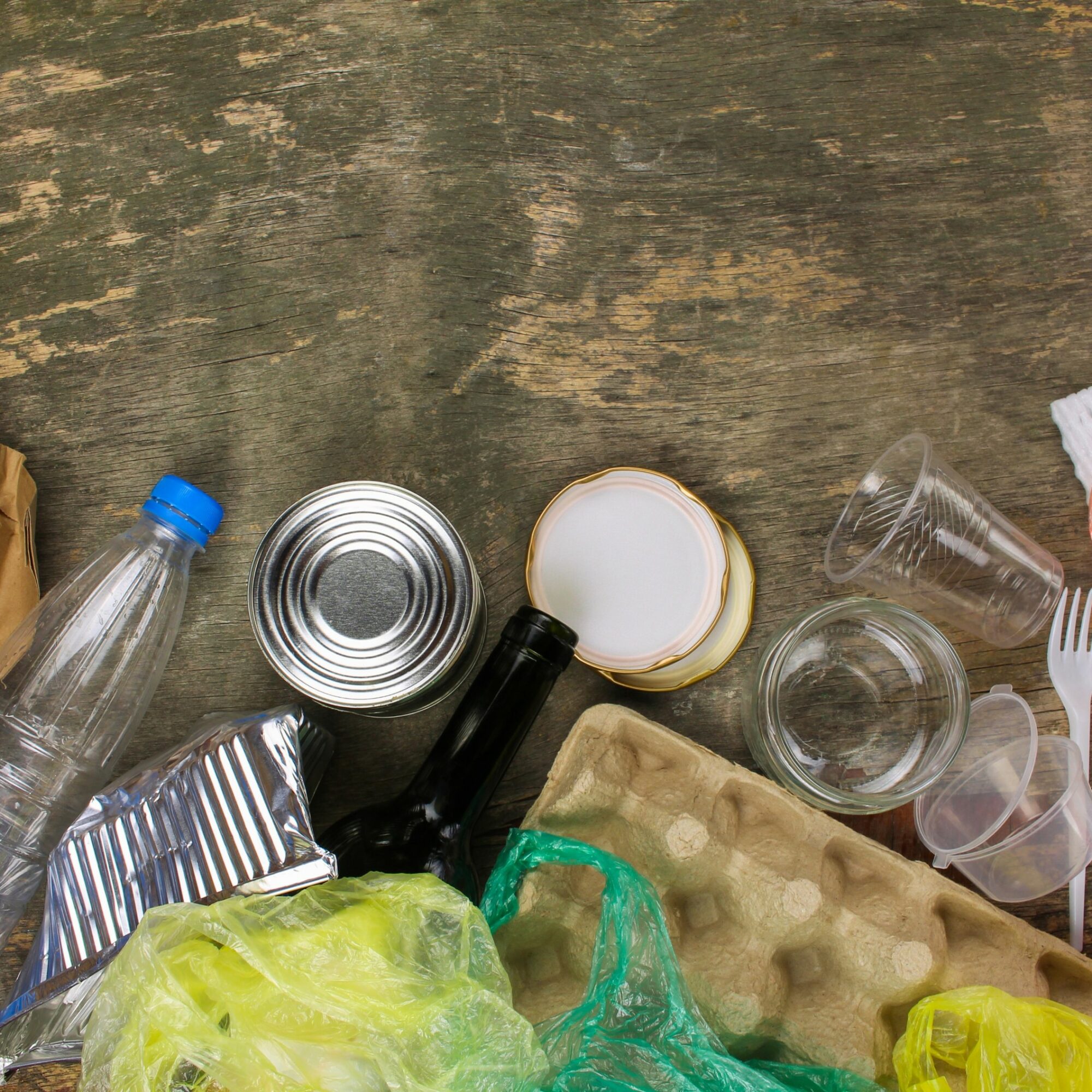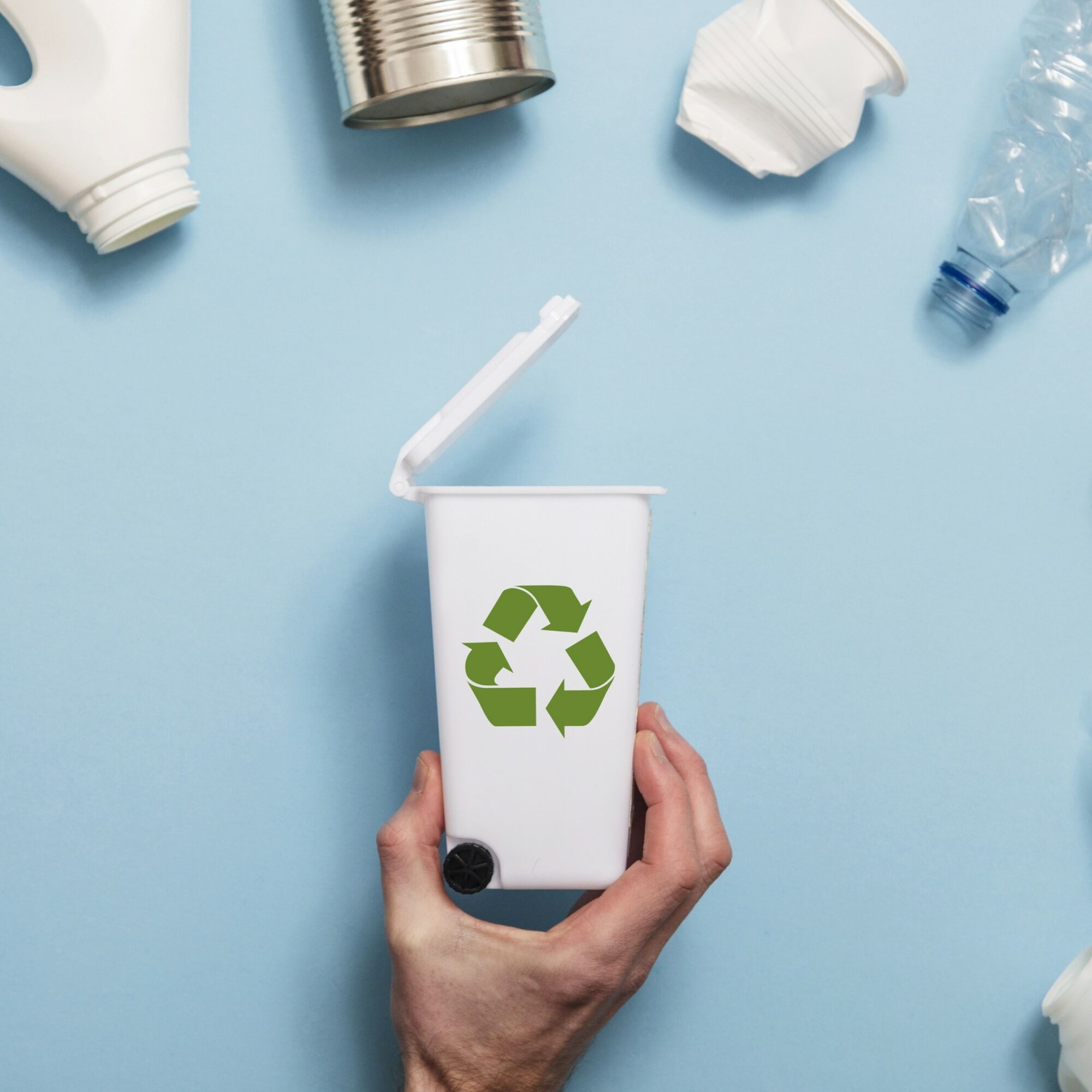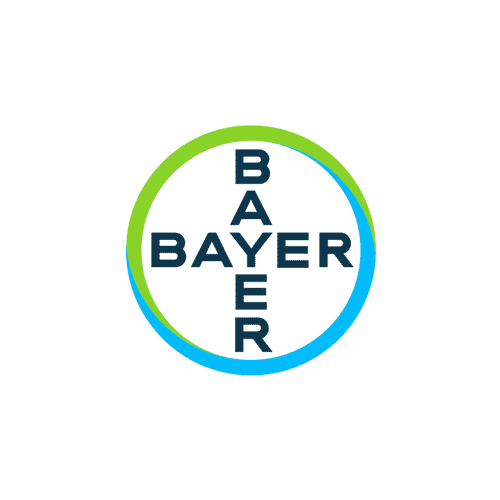
Eco-design

Develop sustainable, environmentally-friendly products by rethinking their design and life cycle
Our specialized team helps companies define and implement their eco-design strategies by rethinking every stage in the life cycle of their products and services.
They trust us

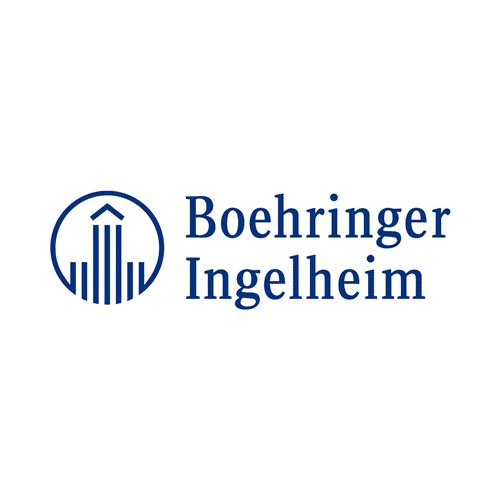


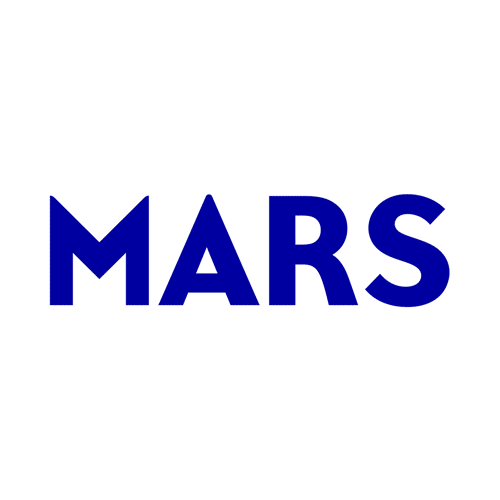
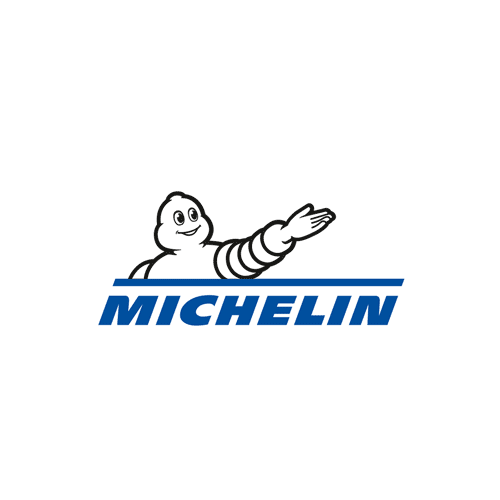

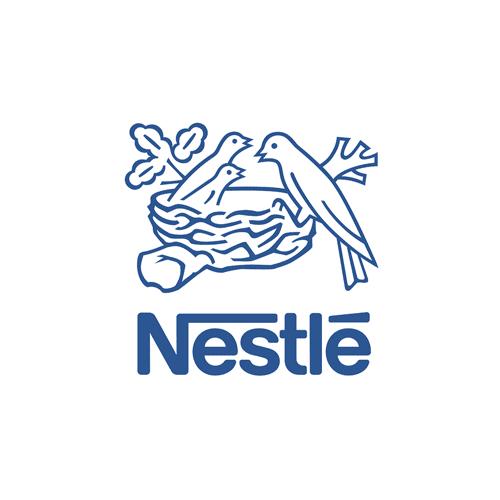
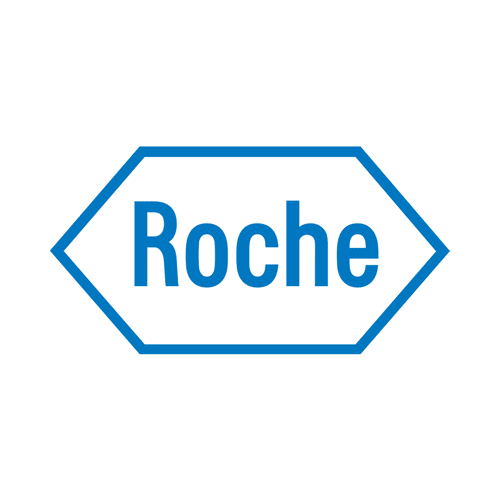

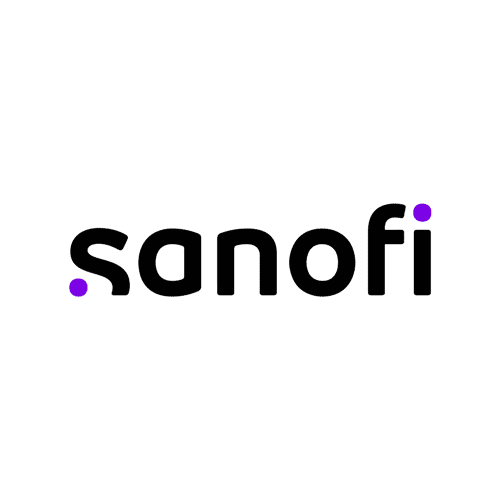
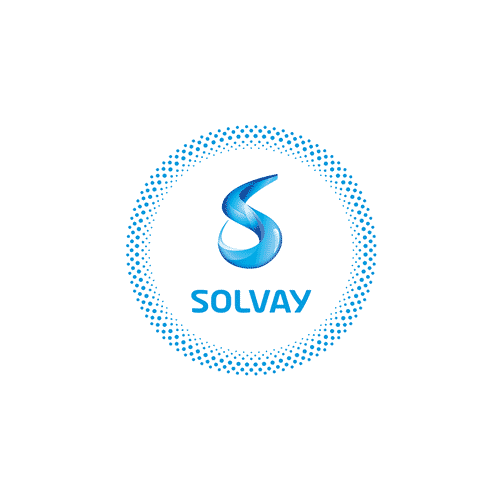



The challenges related to eco-design and eco-conception
Despite the many advantages linked to ecological design, many companies are still hesitant to take the leap into sustainable product design. Indeed, there are numerous challenges to overcome in order to implement a green design approach.
One of the principal challenges of ecodesign is to reduce the environmental impact of products all along their life cycle. This includes the reduction of greenhouse gas emissions, minimizing natural resources such as water and raw materials, and limiting waste production.
To achieve these objectives, and in many cases the objective of carbon neutrality, companies must re-think the manufacturing of their products in a holistic manner. This can be done by integrating environmental criteria from the beginning of the process (such as using recycled materials), modular design to promote end-of-life product recycling, and researching sustainable delivery and transport options. This not only reduces the environmental footprint of a product, but also enhances its performance and efficiency while reducing production and transport costs.
How can my company integrate a global ecodesign strategy? How can the life cycle management be rethought in a holistic and global manner?
Consumers are more and more conscious of a product’s environmental impact and wish to choose brands that adopt sustainable practices. Numerous examples show that integration of eco-design to a company’s development strategy offers many competitive advantages. Indeed, by proposing environmentally respectful products, companies can stand out amongst their competition, attract and retain a new clientele that is growing more sensitive to environmental impacts, and develop their market share.
How can I make ecodesign a competitive advantage in my market? How can we promote our new commitments to our clients?
Ecodesign has become a major challenge for companies who must conform to environmental requirements. Indeed, a growing number of countries are imposing a strict regulation to limit the environmental impacts of products. For example, the European Union implemented the Eco-Design Directive which requires producers to minimize a product’s ecological impact along its life cycle. Companies no longer have the choice and will have to adapt to these requirements to stay competitive and avoid fines.
What are the regulatory requirements in place in my market? How can we keep up with new environmental and societal regulations?
The challenge of cost reduction is an important aspect of embarking in eco-design. Designing sustainable products can lead to significant savings on production costs, packaging and transport, and in doing so can increase a company’s competitiveness.
For example, developing an ecodesign policy for packaging (by integrating new light, biosourced and/or recycled material) can lead to significant transport savings. By using light material and more efficiency manufacturing processes, it is possible to simultaneously reduce ones carbon footprint while saving money.
What paths exist for cost optimization during a product’s life cycle? How can a more green design approach promote savings for my company?
An ecological design approach is a vector of innovation for companies simply because it allows them to rethink their manner of production and the entire life cycle of their products and services. The newly identified, more sustainable levers can be even more innovated than those that already exist!
For example, the American company Patagonia, who specializes in sports and hobbies clothing, has seen success in innovation thanks to this new approach. In 2011, Patagonia launched an advertising campaign called “Don’t buy this jacket” in order to encourage consumers to buy less and to choose more sustainable products. In parallel, the company developed a technology called “Encapsil Down”, which allows the replacement of traditional duck down by a more sustainable and environmentally-friendly synthetic material. Through this innovative move, Patagonia could reduce its ecological impact while offering products of superior quality to its customers.
How can eco-conception stimulate innovation and creativity? How can I involve my teams in eco-design thinking?
How we support you in your projects related to eco-design
Alcimed supports its clients in their projects aiming to reconcile innovation and sustainability. We position ourselves as partners in your ecodesign development, from the beginnings of your strategic planning to the market launch of your eco-designed products or services.
We explore the subject of ecological design for our clients all over the world and across various sectors: healthcare, chemistry, materials, cosmetics, luxury, agri-food, energy, environment, mobility, aerospace and defense.
Our team has developed a comprehensive 360° vision of eco-design, and of its challenges and impacts on the ecosystem across our different projects, whether it’s defining a strategy, creating an operational roadmap, carrying out benchmark studies, analyzing competition, performing analysis of the regulation, researching partners, developing go-to-market strategies, and other projects.
The diversity of our clients, the geographic areas that we explore, and the types of projects we carry out give us a global and deep understanding of the problems that can arrive in the domain of ecodesign.
Examples of recent projects carried out for our clients in eco-design
Creation of an ecodesign roadmap for an aerospace player
We supported an aerospace player in defining their 5-year ecodesign roadmap through two stages: a first inspirational step involving benchmarking with leading actors in the ecodesign field from other sectors, and a second step of identifying the best practices through a roundtable discussion with major players such as Stellantis, Alstom, and Schneider Electric.
Through this project, our client found inspiration from other players in their market and could finalize a realistic roadmap adopted by all relevant stakeholders.
Design of sustainable digital solutions for an energy player
We worked with a parts manufacturer on a project aiming to measure the environmental impact of creating a new software.
Our team carried out analyses and investigations to define different scenarios, selected the most promising one, and designed an ecodesign plan to achieve the most sustainable tool possible.
This project allowed our client to measure the environmental impact of their future solution and to align their development teams on a concrete and realistic plan of action.
Identification and characterization of the impacts of eco-design on the ecosystem of a health player
We supported a leading pharmaceutical player in a project aiming to study the impact of eco-designing their medications on their ecosystem (doctors, hospitals, pharmacists, patient associations, payers, regulators, etc).
Through an in-depth external investigation, our team measured the impact of ecodesign levers on the entire life cycle of our client’s products, and provided a set of recommendations on priority actions to be integrated in the short, medium, and long term, with the aim of transforming our client’s development strategy into a green design approach.
Elaboration of new services directly linked to eco-design
In the framework of a diversification strategy, we supported an agri-food industry player in identifying potential new services they could offer in the field of green design.
To do this, we conducted a first step of external inspiration by studying other actors from different sectors and their portfolio of solutions. With these benchmark cases, we co-created new potential offers with our client to grow their diversification strategy.
Identification and prioritisation of innovative solutions to reduce the environmental impact of packaging for an animal health company
An animal health company wanted to identify sustainable packaging solutions for its medicines in Europe and the United States.
We began by mapping existing solutions and those under development in various industrial sectors, without setting any barriers. We then assessed all these sustainable solutions according to their technical feasibility and level of maturity. The solutions prioritised in collaboration with our client were then examined in greater depth, looking at their physical properties and environmental benefits. At the same time, interviews were conducted with veterinary associations to understand their needs in terms of packaging sustainability.
By exploring these sustainable packaging solutions, some of which were highly innovative, we were able to create a shortlist of solutions for our customer to explore further.
Evaluation of the perception of external stakeholders on the subject of eco-designed medicines for a healthcare player
A healthcare company wanted to analyse its ecosystem’s perception of eco-designed medicines in France, the United States and the Nordic countries.
Firstly, we characterised the countries by assessing their sensitivity and maturity in terms of sustainability and the environment, in terms of their general policy and their objectives for the healthcare sector. Secondly, we interviewed seven types of stakeholder representative of the ecosystem in each country, to understand their expectations and receptiveness to the eco-design of medicines.
In this way, we highlighted the key perspectives to be taken into account in terms of stakeholders’ needs, maturity, interests and constraints with regard to eco-design. This analysis helped our client to enrich its eco-design strategy and accelerate its implementation.
You have a project?
To go further
Cross-sector
Sustainable packaging design and recyclability: major challenges for food manufacturers
The food industry must innovate and think about sustainable packaging design in the face of regulatory changes on their recyclability and the environmental display of food products.
Cross-sector
Reusable packaging: 4 promising models to reduce waste
Alcimed presents 4 existing models which allow to set up reusable packaging systems in retail and mass distribution.
Energy - Environment - Mobility
How chemical recycling could enable more plastic recycling?
People are more and more used to sorting waste but unfortunately, that does not mean that all recyclable plastic packaging is nowadays recycled. Alcimed immerses you in the world of recycling to ...
Founded in 1993, Alcimed is an innovation and new business consulting firm, specializing in innovation driven sectors: life sciences (healthcare, biotech, agrifood), energy, environment, mobility, chemicals, materials, cosmetics, aeronautics, space and defence.
Our purpose? Helping both private and public decision-makers explore and develop their uncharted territories: new technologies, new offers, new geographies, possible futures, and new ways to innovate.
Located across eight offices around the world (France, Europe, Singapore and the United States), our team is made up of 220 highly-qualified, multicultural and passionate explorers, with a blended science/technology and business culture.
Our dream? To build a team of 1,000 explorers, to design tomorrow’s world hand in hand with our clients.
Alcimed carries out consulting missions in a variety of fields and on topics as diverse as the uncharted territories of our clients! Our projects and the methodological approaches we develop are based on the specific needs and contexts of our clients. We for example support our clients in defining their R&D or innovation strategy, in studying their target markets, in identifying and exploring new opportunities, in investigating innovative technologies, in defining their sales and marketing strategies, in integrating CSR or data science into their practices, or in imagining the future of their activities.
Eco-design is a means of designing products and services that aims to minimize their environmental impact throughout their life cycle, from the extraction of raw materials until the end of their life. This method is currently encouraged by European and French regulations, as well as by the growing expectations of consumers in terms of sustainable development.
As underlined by ADEME (the French Environment and Energy Management Agency), ecodesign can reduce up to 50% of the environmental footprint of a product while offering economic advantages, such as reducing production and operating costs, enhancing brand image, and opening new markets.
Incorporating an eco-design approach can have a number of benefits, including
- Reducing the company’s environmental footprint by acting on the entire life cycle of its products and services, from sourcing to end-of-life.
- Reducing the environmental impact of the use of its products/services (benefiting its customers).
- Promote innovation within the company, encourage collaboration between the various stakeholders and stimulate the development of a sustainable ecosystem encompassing the entire value chain.
